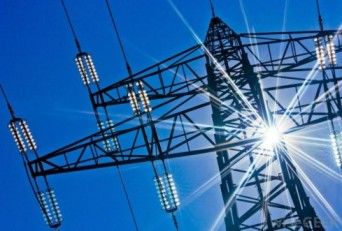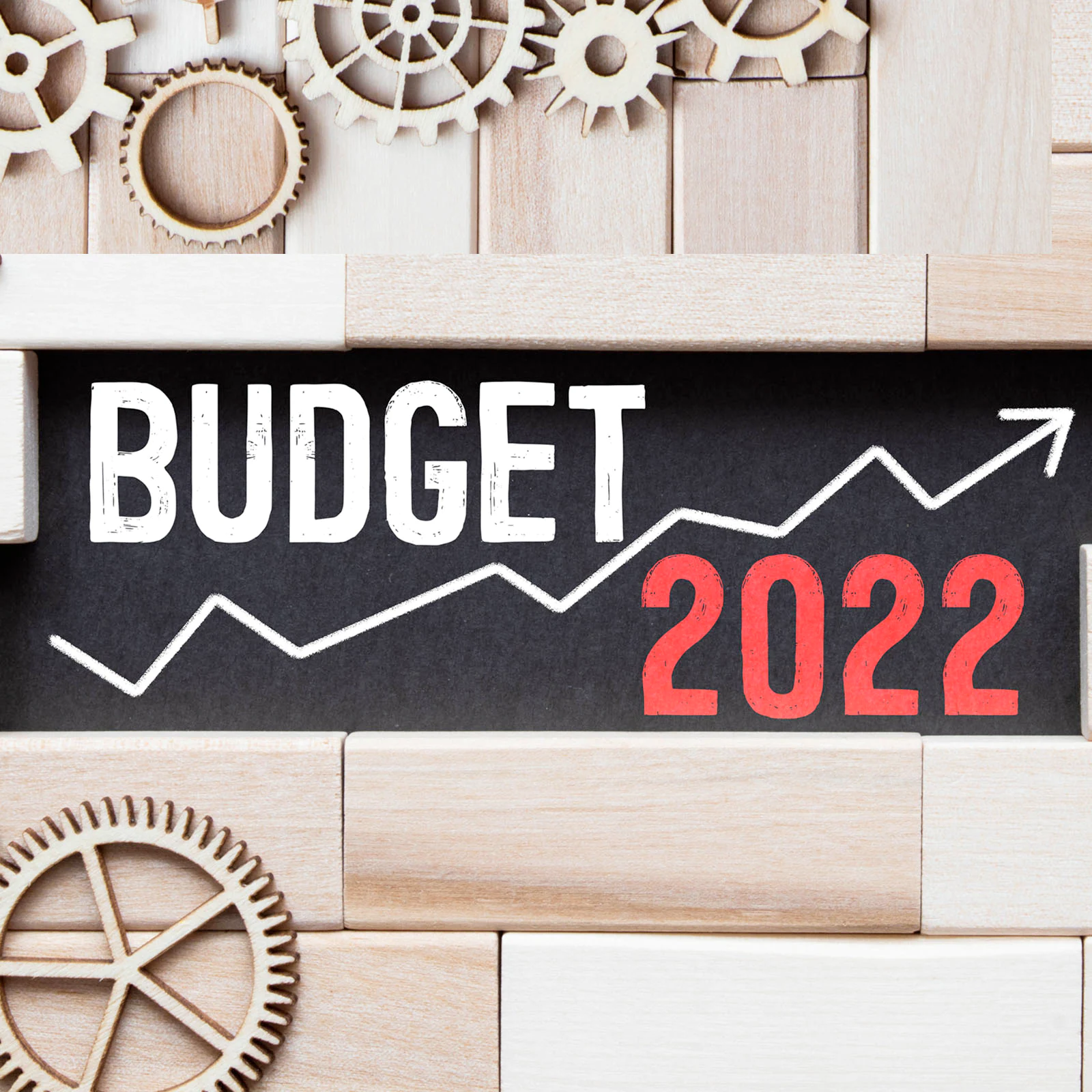A perfect storm for electricity consumers that was created by the policy paralysis of UPA-II, high interest rates and the slow pace of development of power plants as developers faced innumerable headaches and delays in securing 143 licenses and filing 1982 compliance reports. This storm will reach devastating strength as the states of Delhi, Punjab, Rajasthan, Chhattisgarh, Uttar Pradesh and Karnataka have decided to raise power tariffs by 10 to 35 percent!
The problems in India’s critical power sector have been simmering below the surface for a very long time and the burgeoning Indian population with its increasing usage of technology – from using smartphones to rural electrification schemes that has increased power consumption from 443 kwh per capita in 2004 to 684 kwh per capita in 2011 as per the data compiled by the World Bank.
The problems being faced by the Indian power sector are too many to list out in a single blog post but as a power consumer we should all beware that such large hikes in tariffs are going to be the norm moving forward – unless the government makes some serious and immediate changes to its power policy. If the government is serious about giving world class power infrastructure for supporting the needs of residential and commercial customers, it first has to ensure that setting up a power project is a pain free and an under-table ridden process.
The government should also seriously give a thought to replacing the defunct and often misused depreciation and subsidy based schemes and give power plant developers access to easy, low-cost and long-term debt. Climate Policy Initiative studied the impact high interest costs have on power tariffs, noting that unfavourable debt terms add as much as 32% to the cost of renewable power from wind energy alone! One can only imagine what an impact the adoption of business friendly policies would have on procurement cost of other sources of power. The same report also mentions that access to cheaper debt can reduce the subsidy burden of state and central governments by upto a whopping 78% just for wind power alone!
So while highly recommending power consumers to urge their local representatives in the power corridors (pun not intended) of Delhi to give the neglected power producers the support they need, I also recommend that the power consumers who have an empty roof-top, should look at sourcing their power from distributive solar power generation systems. These systems can provide the consumer access to long term solar power at an affordable and sustainable tariff while giving them valuable ‘day-time’ power – a time when most power distribution companies face tremendous power shortages.
More on that soon…






